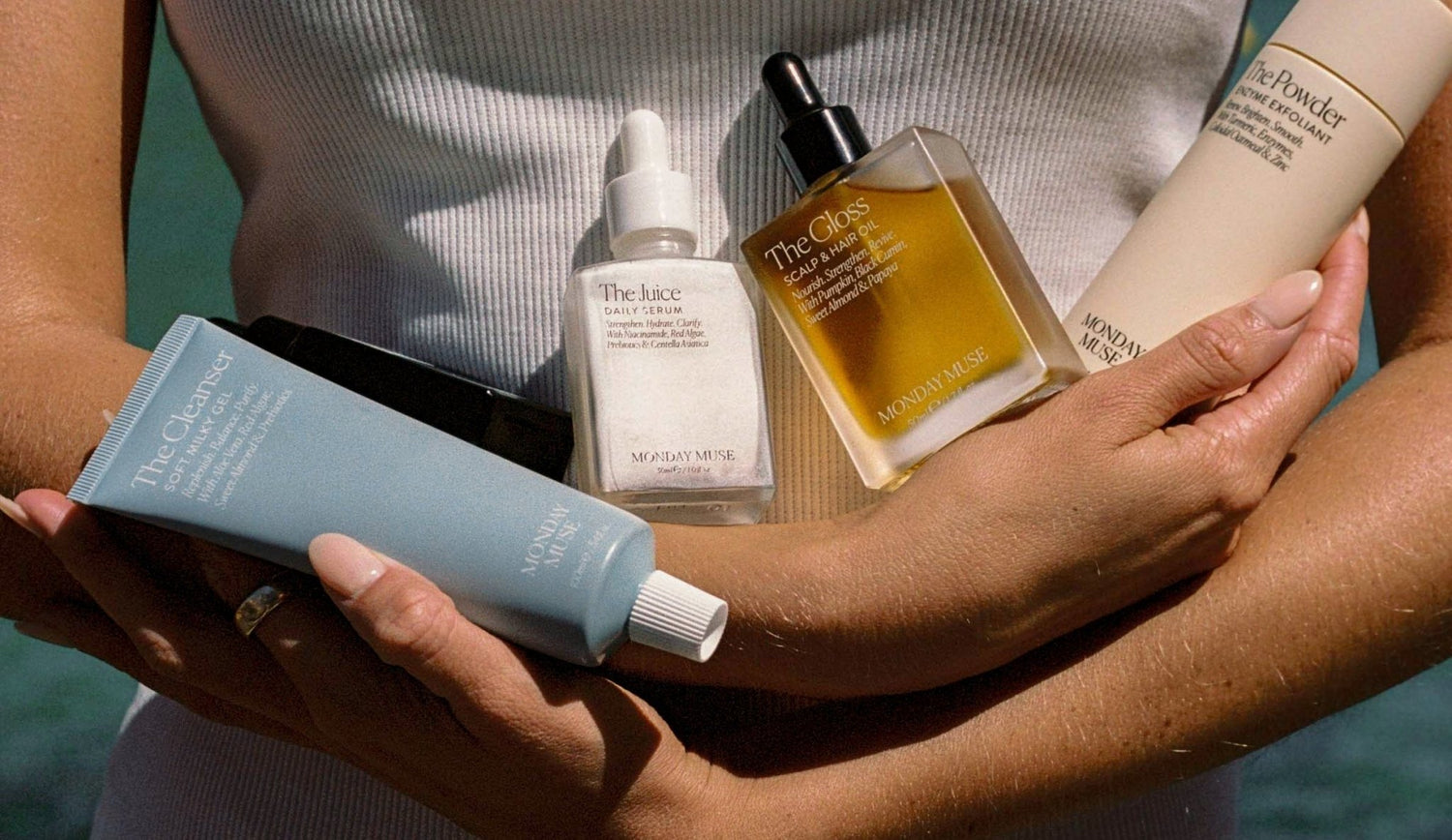A quick breakdown between natural and synthetic fragrances
To put it simply, synthetic fragrances are lab-made scent components and natural fragrances are derived from natural raw materials. Even though one is natural doesn’t mean it’s fragrant component has a different effect, your skin cannot tell the difference. Pure essential oils can be used for aromatherapy purposes to promote emotional well-being and have other benefits, but they also contain potential allergens. This is why there are different opinions when it comes to essential oils, there are positives and negatives associated with it.
Carrier oils and essential oils
When we talk about essential oils they are not to be mistaken for base or carrier oils like sweet almond oil, grapeseed oil, and so on, which are derived from the seeds, kernels, or nuts of a plant. They do not have the same fragrant properties as essential oils and can be used in much larger quantities in skincare for moisturizing purposes.
Natural fragrance, or essential oils, can cause reactions, and most commonly causes allergic contact dermatitis. Some essential oils are photosensitive, meaning they can cause a reaction if you are exposed to the sun’s UV rays after applying it, which includes mainly citrus essential oils. It needs to be said though, that these symptoms are highly dependent on each individual and usually cause these types of reactions when oxidized with a small number of people. However, I was one of those people, thus from a young age, I had to avoid products that contain fragrance or high levels of fragrance (click here to read more about that). The problem is that even if you don’t react badly today, you can always develop a fragrance sensitivity in the future. Overall, I hope that it clears up any confusion regarding artificial and natural fragrance and their potential effect. To read more about fragrances and what to look out for when you read the ingredient list of a product click here.





